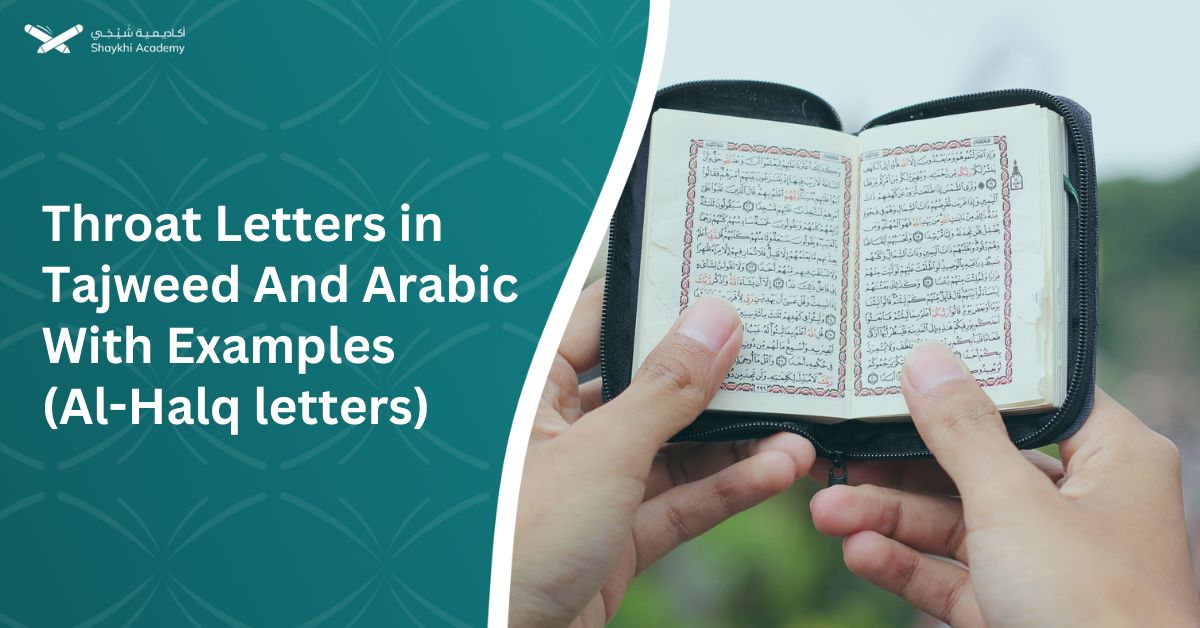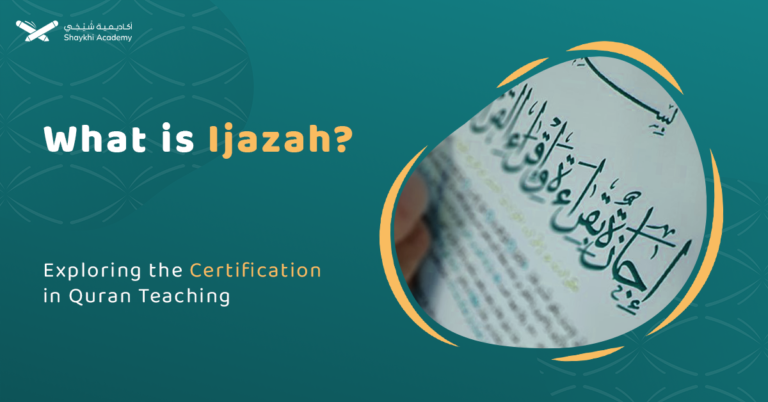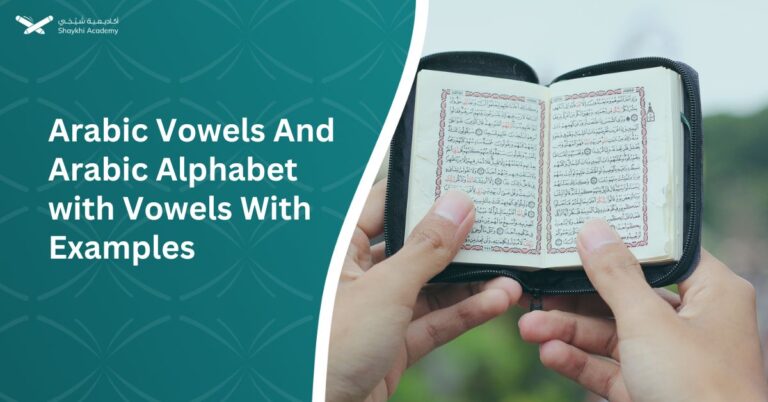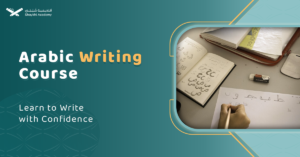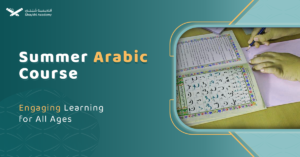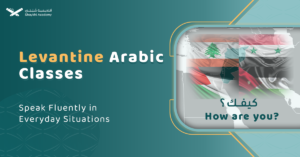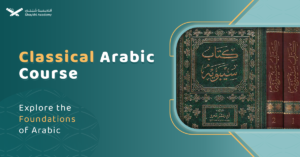Throat letters, or Al-Huruf Al-Halqiyah (الحروف الحلقية), are the six Arabic letters (ع, هـ, خ, ح, غ, أ) that are pronounced from deep within the throat. These letters are crucial in Tajweed for the correct recitation of the Quran, as each letter has a unique articulation point within the throat, creating distinct sounds that contribute to the beauty and musicality of the Arabic language. w
The throat letters play a crucial role in the correct recitation of the Quran and are essential for anyone learning the Arabic language and seeking to pronounce the Holy Quran as it was revealed. So, what are these letters and how do we pronounce them?
What are Throat letters (Al-Halq letters) in Arabic?
In Arabic phonetics, the Throat letters, known as Al-Huruf Al-Halqiyah (الحروف الحلقية), are the letters that are pronounced from the throat.
There are specific groups of consonant sounds produced from deep within the throat. These letters have a unique pronunciation and are distinct from the rest of the Arabic alphabet.
How Many Throat Letters Are There in Arabic?
Arabic contains six throat letters, which are (ع – غ – ح – خ –هـ – أ)
Is Hamza a throat letter?
Yes, the Hamza is one of the throat letters, and its point of articulation is the deepest part of the throat.
Throat Letters in the Quran
The Quran was revealed in Arabic, and thus the throat letters are an integral part of writing the Holy Quran. Throat letters are used in various words and phrases in the Quran, and they must be pronounced correctly to convey the intended meanings accurately. Additionally, the rules of Tajweed emphasize the correct pronunciation of throat letters.
Throat letters are often marked with specific diacritical marks in the Quranic text to guide the reader to the correct pronunciation. These marks, known as “التشكيل” serve as visual aids for the reader, indicating the proper pronunciation of the throat letters.
The letters of the throat in Tajweed:
As we mentioned above, there are 6 throat letters in the Arabic language. Let us now discuss them in detail, giving examples of each letter:
1. Letter ع (Ayn)
It is the most difficult throat letter to pronounce as it is articulated by constricting the throat and pushing air through a narrow opening. It has no equivalent sound in English.
For example:
- عسل (Honey)
- علم (Knowledge)
2. Letter غ (Ghayn)
Another throat letter, غ, is pronounced by narrowing the throat. It somewhat resembles the French “r” and has no direct equivalent in English but can be approximated by combining the letters “gh.”
For example:
- غيم (Cloud)
- غابة (Forest)
3. Letter ح (Haa)
The letter ح is produced by partially blocking the airflow in the throat. It is somewhat similar to the English “h” but pronounced more emphatically.
For example:
حياة (Life)
حلم (Dream)
4. Letter خ (Khaa)
The letter خ is produced by a strong constriction in the throat, similar to the sound made when gargling water. Like ع, it has no direct equivalent in English but can be approximated by pronouncing “kh” together.
For example:
خبز (Bread)
خيمة (Tent)
5. Letter هـ (Ha)
The letter هـ is articulated by slightly narrowing the throat, less so than for خ. It is somewhat similar to the English “h” but with a softer sound.
For example:
هواء (Air)
هدية (Gift)
6. Letter أ (Alif)
The letter (أ) is a glottal stop sound produced by briefly closing and opening the vocal cords. It is similar to the sound between the syllables of “uh-oh” in English.
For example:
أمل (Hope)
سؤال (Question)
The Importance of Throat Letters in the Arabic And Tajweed
Throat letters have great importance, which includes:
Phonetic Distinction
Throat letters help add beauty to the language, provide phonetic diversity, and are fundamental to the musicality of Arabic pronunciation.
Proper Recitation of the Quran
Throat letters are essential for the correct and precise recitation of the Quran.
Linguistic Identity
Throat letters are an integral part of the linguistic identity of the Arabic language. They distinguish Arabic from other languages and give it a unique character.
Throat Letters Pronouncing in Arabic
The six throat letters in Arabic are divided into three categories based on their point of articulation within the throat:
Deepest Throat (Aqsa Al-Halq)
The point of articulation in the deepest throat is located in the vocal cords area, the farthest and deepest point in the throat. Two letters emerge from here: ( أ Hamza, and Haa هـ).
Examples:
Surah Al-Baqarah, Ayah 1:
“ألم”
Alif-Laam-Meem
Surah Al-Baqarah, Ayah 2:
“ذَٰلِكَ الْكِتَابُ لَا رَيْبَ ۛ فِيهِ ۛ هُدًى لِّلْمُتَّقِينَ”
That book no doubt guidance for the righteous
Middle Throat (Wasat Al-Halq)
The point of articulation in the middle throat is located in the epiglottis area, closer to the tongue than the deepest throat. Two letters emerge from here: ( عAyn, and Haaح ).
For example:
Surah Al-Baqarah, Ayah 7:
“خَتَمَ اللَّهُ عَلَىٰ قُلُوبِهِمْ وَعَلَىٰ سَمْعِهِمْ ۖ وَعَلَىٰ أَبْصَارِهِمْ غِشَاوَةٌ ۖ وَلَهُمْ عَذَابٌ عَظِيمٌ”
God has set a seal upon their hearts and upon their hearing, and upon their sight is a veil, and for them is a great punishment.
Surah Al-Fatiha, Ayah 2:
“الْحَمْدُ لِلَّهِ رَبِّ الْعَالَمِينَ”
Thanks be to God, Lord of all worlds
Upper Throat (Adna Al-Halq)
The point of articulation in the upper throat is located at the root of the tongue with the soft palate, closer to the tongue than the previous two points. Two letters emerge from here: (Ghayn غ , and Khaaخ ).
For example:
Surah Al-Baqarah, Ayah 173:
“فَإِنَّ اللَّهَ غَفُورٌ رَحِيمٌ”
For God is Forgiving and Merciful
Surah Al-Alaq, Ayah 1:
“اقْرَأْ بِاسْمِ رَبِّكَ الَّذِي خَلَقَ”
Read the name of your Lord who created
How to Pronounce Throat Letters?
Pronouncing throat letters correctly can be challenging for many, and there are common mistakes, especially among beginners in the Arabic language. To achieve correct pronunciation of throat letters, there are several tips to follow:
Listen Carefully
Pay close attention to native Arabic speakers or Quran reciters to learn the correct pronunciation of throat letters.
Regular Practice
Like any skill, mastering throat letters requires practice and repetition to reach an advanced level.
Seek Guidance
This is an important point for learning any skill. Seeking the help of a specialized teacher significantly contributes to mastering the language. You can take advantage of online classes offered by Shaykhi Academy and learn from native Arabic-speaking teachers. The academy also allows you to schedule convenient times and try a free initial class. Apply now!
Use Visual Aids
When reading the Quran, use diacritical marks (التشكيل) to guide your pronunciation of throat letters.
Record Yourself
This is a crucial step. Recording your pronunciation and comparing it with native speakers helps you identify and correct mistakes.
Unlock the Path to Quranic Mastery with Shaykhi Academy!
Are you seeking the finest Quranic education right from the comfort of your home? Look no further! Shaykhi Academy stands out as a premier online Quran learning platform, dedicated to providing exemplary education to both children and adults.
Why Choose Shaykhi Academy?
- Connect with highly qualified native tutors.
- Flexible scheduling to suit your busy lifestyle.
- Affordable classes tailored for all levels.
- Accessible from anywhere around the globe.
Discover Our Range of Courses:
- Arabic Noorani Qaida: Lay a solid foundation for Quranic studies.
- Online Quran Classes for Kids: Engaging lessons for lifelong learning.
- Tajweed Rules for Kids: Learn to recite with confidence.
- Quran Hifz for Kids: Step-by-step guidance to memorize the Quran.
- Quran for Adults: Introduce yourself to Quran reading and Tajweed rules.
- Online Arabic Courses: Master the language of the Quran.
- Islamic Studies: A wide range of topics related to Islam, including theology, law, Quranic studies, and Hadith.
Don’t Miss Out on Your Chance to Excel! Whether you’re a beginner or seeking advanced knowledge, Shaykhi Academy can guide you! Book your free trial now

Conclusion:
Throat letters are one of the most important features of the Arabic language, and they are essential for the correct recitation of the Quran. There are six of these letters: (ع, هـ, خ, ح, غ, أ). Each of them has a point of articulation in pronunciation, with some from the upper throat, some from the middle, and some from the lower throat.
